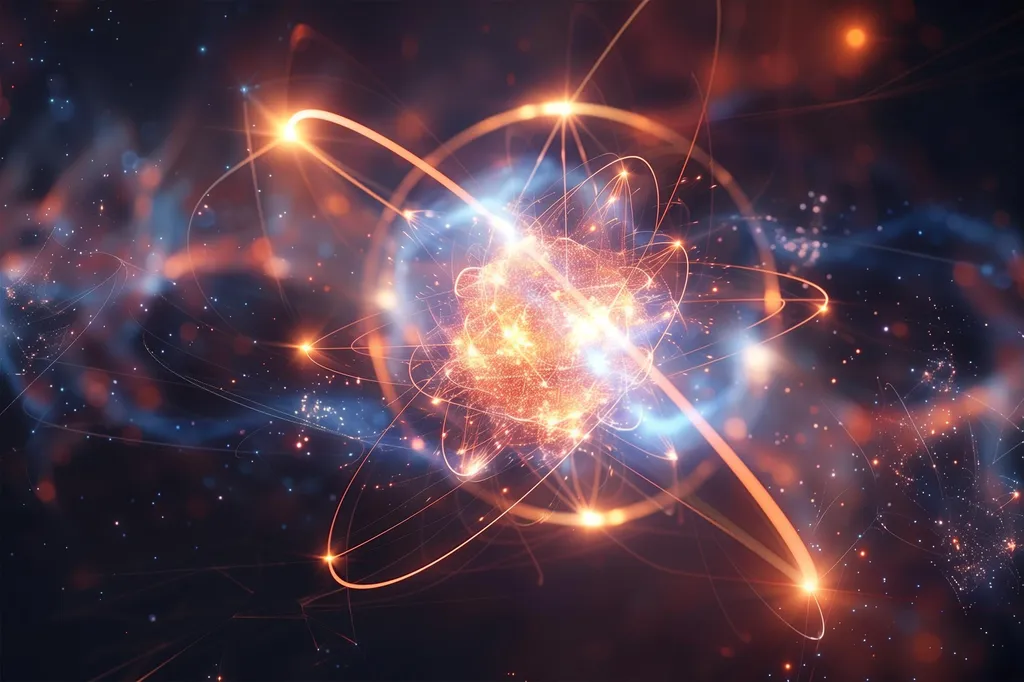Researchers from the University of Nebraska-Lincoln, led by H. S. Parker, have published a study in the journal Physical Review A that explores a novel method for producing circular Rydberg states using twisted electron collisions. These states are of interest in the field of quantum information and simulation due to their long lifetimes and strong interactions, but current production techniques are challenging.
The team investigated the use of twisted electrons, which carry quantized orbital angular momentum, to generate circular Rydberg states. By transferring this angular momentum to the electronic state of an atom, the researchers aimed to create these states more efficiently. Using a comprehensive quantum mechanical framework, they calculated the total excitation cross sections for circular Rydberg states in hydrogen, rubidium, and cesium targets using Bessel electron beams.
The study found that twisted electrons with large opening angles significantly enhanced the excitation probability compared to plane-wave electrons, particularly at low energies. This enhancement is attributed to the contributions from projectiles with high orbital angular momentum. The findings suggest that twisted-electron excitation could offer a practical and advantageous method for generating circular Rydberg states, potentially benefiting the energy sector by advancing quantum technologies used in energy storage, transmission, and efficiency improvements.
The research was published in the journal Physical Review A, a peer-reviewed scientific journal covering topics in atomic, molecular, and optical physics.
This article is based on research available at arXiv.

